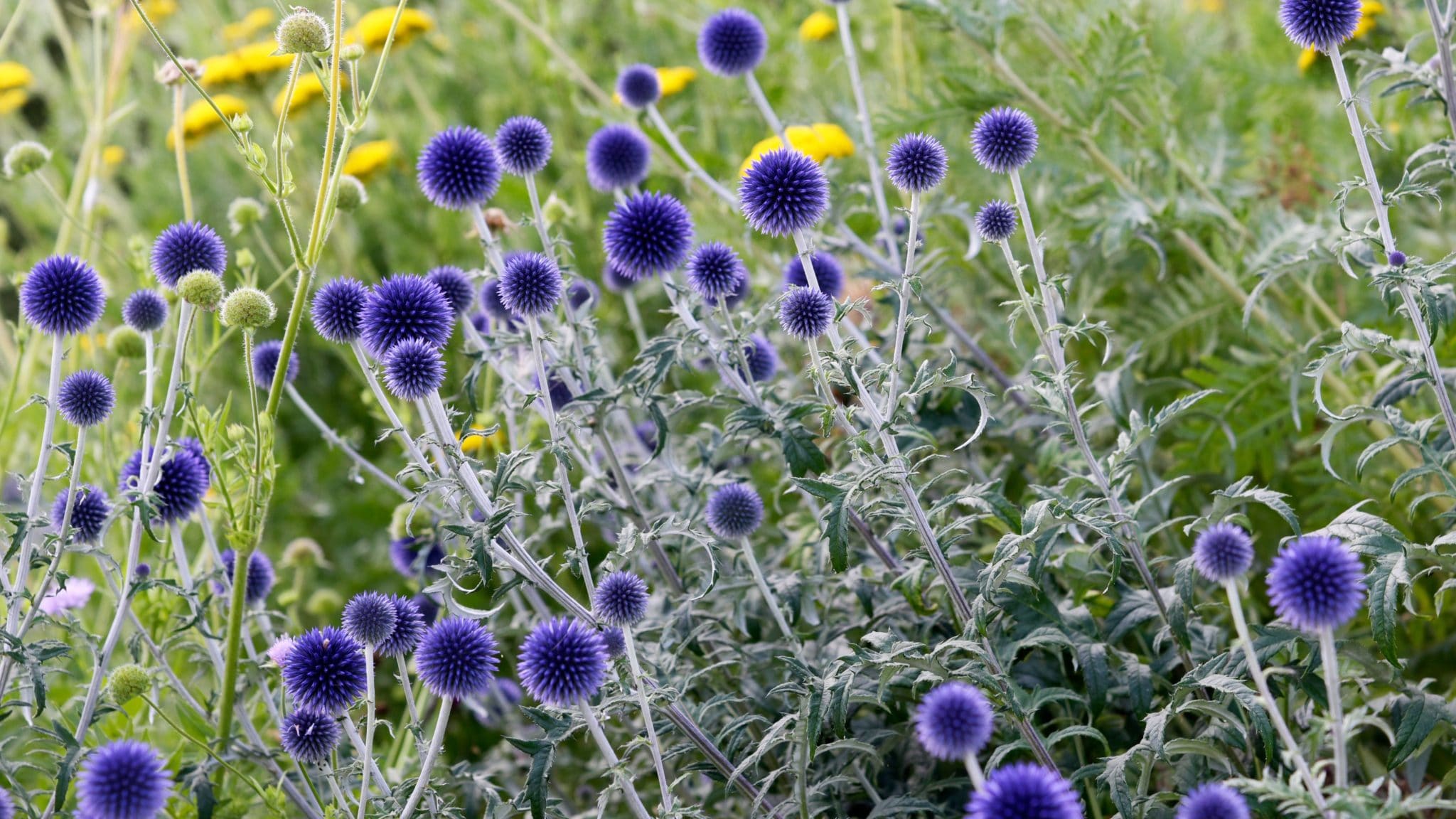Herbaceous Perennials: What Are They?
Perennial plants are defined by their ability to survive at least two growing seasons. An herbaceous perennial plant will completely die on the surface during winter, but its root system remains alive through a stem or bulb, usually below ground level. When springtime occurs, new shoots emerge from the ground. Herbaceous perennials could survive as little as 3 years, but some may live for decades find your perennials at Thetreecentre.com.
Most budding gardeners find perennial plant care a daunting task, but it should rarely hold anyone back! Some basic horticultural skills and common sense are all that’s truly necessary to ensure the longevity of perennial plants. Below are some guiding principles to follow.
Study the Site
It is important to study the planting site for soil quality, light filtration, slope, drainage, and air flow before planting a garden.
Consider soil Acidity
To ensure healthy plants, it is crucial to pay attention to soil acidity levels. Most perennials do best in soil with a pH level between 6.0 and 7.0. It is also important to add organic fertilizer or mulch to enhance the texture and quality of the soil for the plants. Applying a 2 inch layer of mulch on the surface of the soil can help improve water drainage while preventing weeds from growing in. Winter mulch which is essentially applying a layer of pine boughs over the plants can ensure that the rapidly thawing and freezing temperatures do not prematurely push seedlings to the surface. This mulch is removed during springtime and is most appropriate for newly planted perennials or tender plants.
Research
All plants have different needs and requirements when it comes to light, soil, and moisture. It is not only important to meet these needs, but to also understand when young plants reach maturity to allow for planting. A densely planted garden is difficult to maintain, which is why plants that are 3′ in maturity should be placed at least 3′ apart. Plants that reach maturity at 2′ to 3′ require at least 2′ of spacing, while any plants below 2′ tall need about 1′ of space.
Dividing plants
Some plants do benefit greatly from being divided every 3 to 4 years. However, certain perennials dislike being replanted, therefore, propagation and cutting is the best method to ensure longevity. It is also crucial for plants to have their soil mulched with organic matter for rejuvenation.
Proper Hydration
Right after planting, make sure to soak the soil and ensure that it never completely dries out. Deep watering less frequently allows perennials to deeply root underground and grow healthily. Though some perennials are claimed to tolerate drought, that’s only after reaching maturity. Adding mulch to the soil can help limit the need for frequent watering.
Limit fertilizer
Perennials on the whole require very little fertilizer as adding too much will inhibit their ability to grow flowers. Using a soil test, gardeners can determine the amount of fertilizer necessary. 10-10-10 or 5-10-5 formulation fertilizers are great basics unless a soil test may prove otherwise.
Healthy staking
Some perennials are prone to flopping over unless they are staked into submission. Heavy rains and inclement weather often take their toll on perennials with heavy flowers or tall thin stems. It is recommended to stake plants early on in spring so the plants can properly grow around the stakes and through them.








